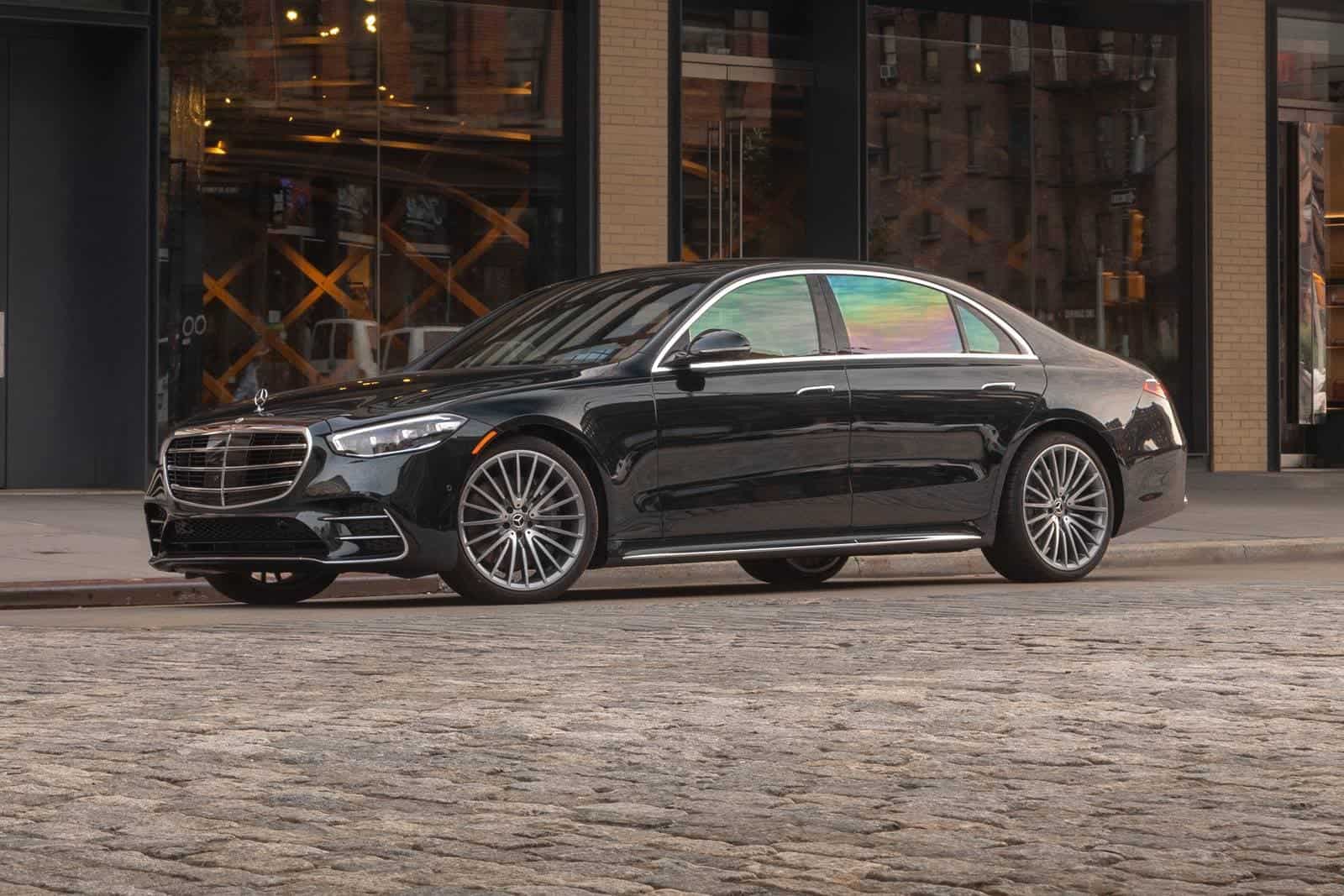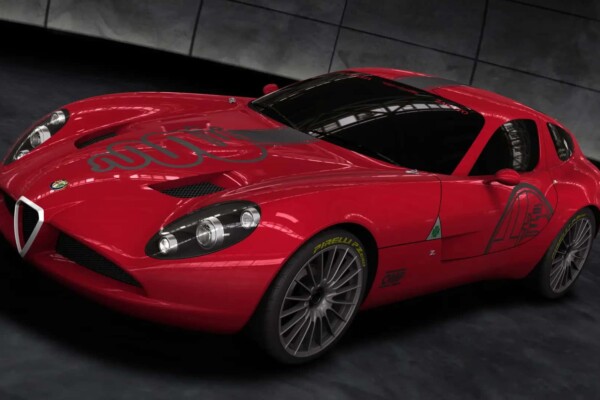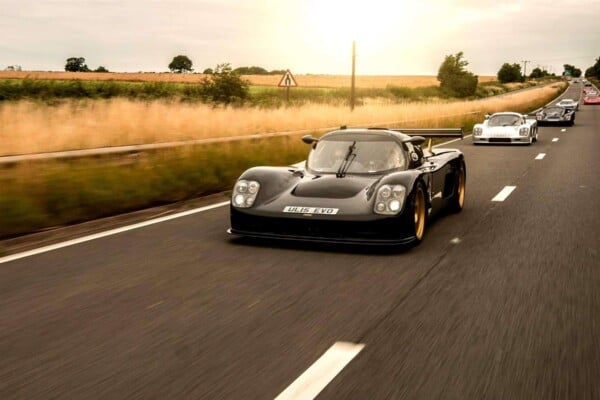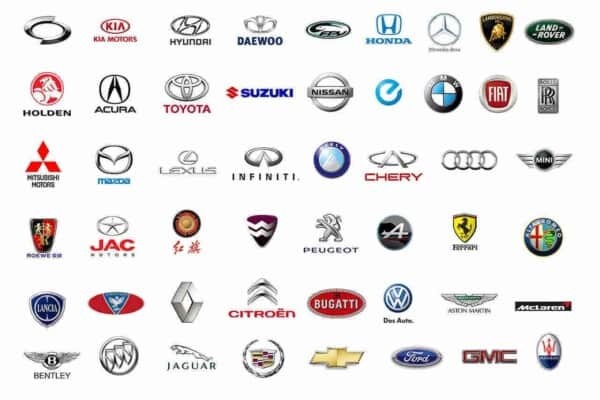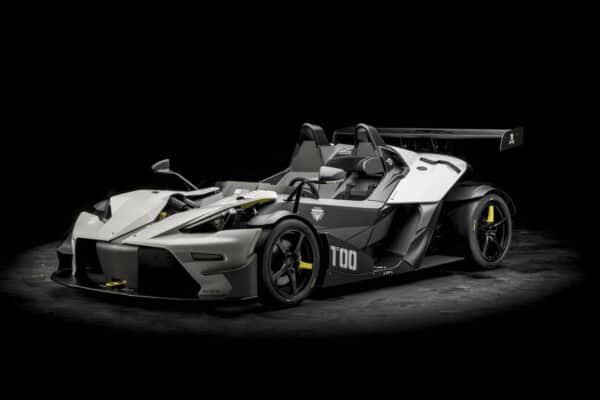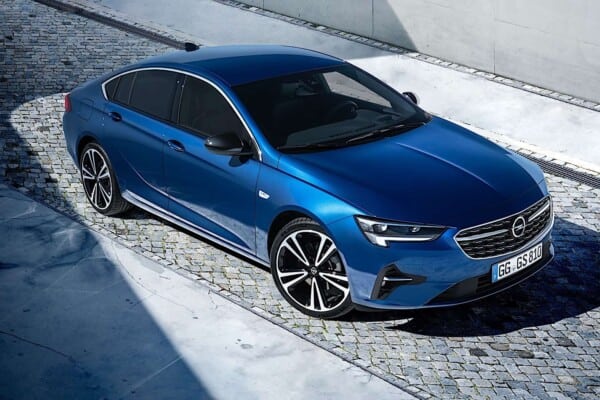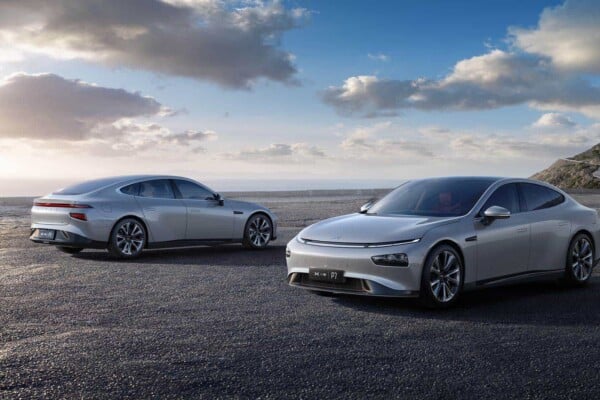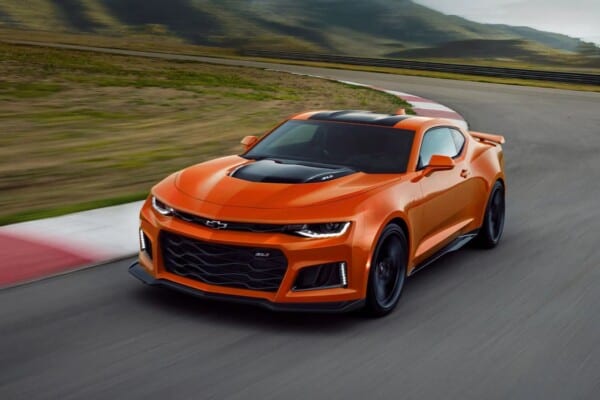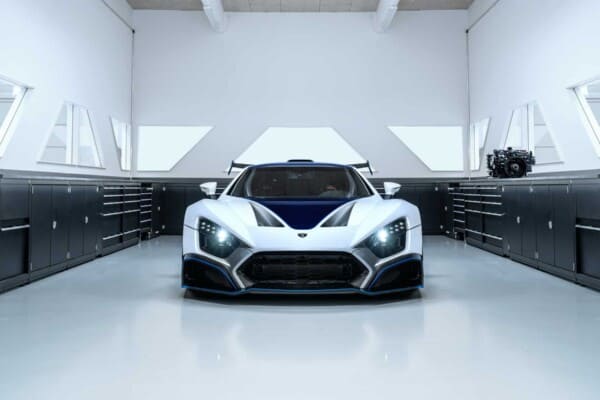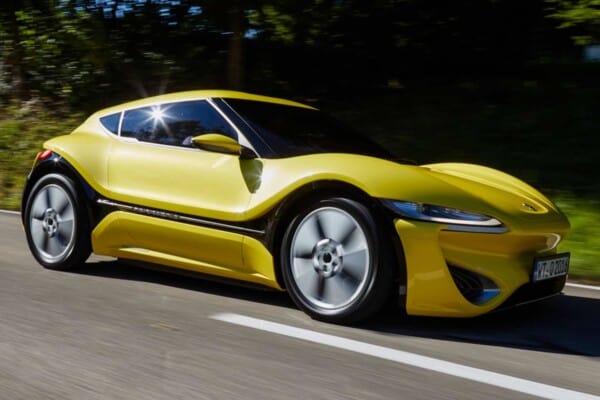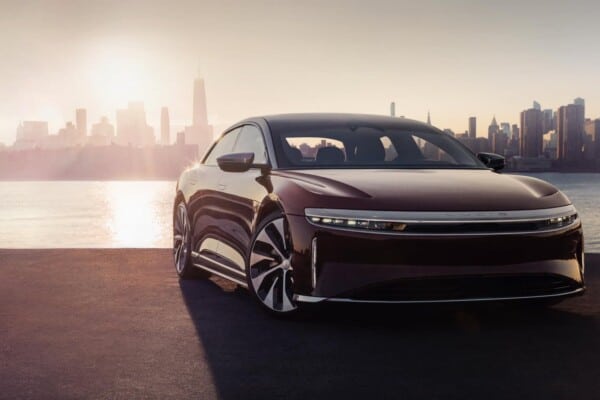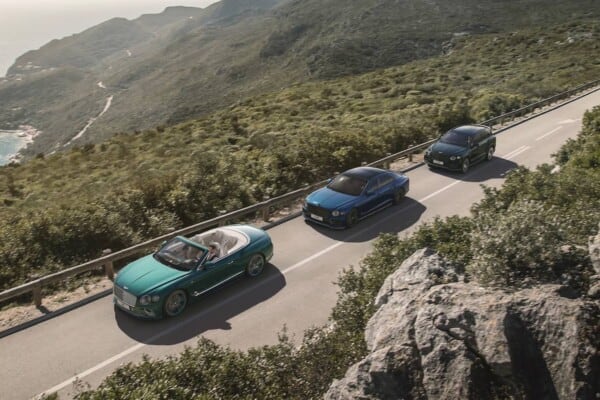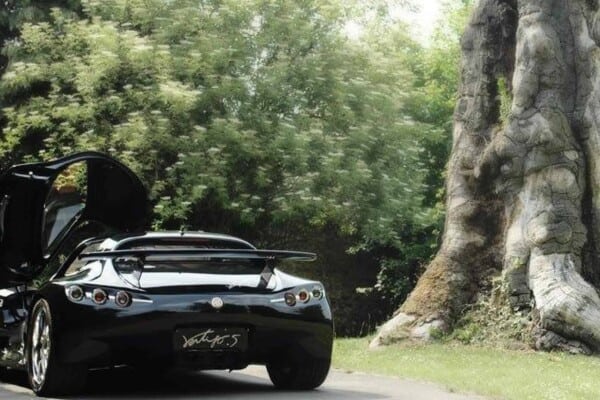Stay safe! Isn’t that what you always tell your loved ones when they leave – be it on foot, by plane or while driving? Sure it is. But what automakers make you feel at ease, relaxed? That what we’re here to find out.
Today’s vehicles benefit from state of the art technologies and safety features that allow drivers and passengers to walk away from events or accidents that may have crippled them – or worse – ten years ago.
Cars are now safer than ever, and are constantly improved upon; but, we are not just talking about touch-screen interfaces, heated seats, and other visually attractive interior features or decorations.
Active safety aids, such as automatic emergency braking, lane keep assist, and adaptive cruise control, are nowadays included with budget-friendly vehicles as standard equipment, while advanced driver assistance systems add to an overall enjoyable driving experience.
With each new model packing increasingly more standard safety features and the Insurance Institute for Highway Safety (IIHS) imagining more difficult crash tests from one year to another, owners end up benefiting from safer vehicles and peace of mind.
To find the safest car you can afford you will need to take a glance at five-star overall ratings with the National Highway Traffic Safety Administration (NHTSA) as well as check out the ratings from the Insurance Institute for Highway Safety (IIHS) – to begin with.
Is your favorite car brand on this list? Feel free to find out.
Honda
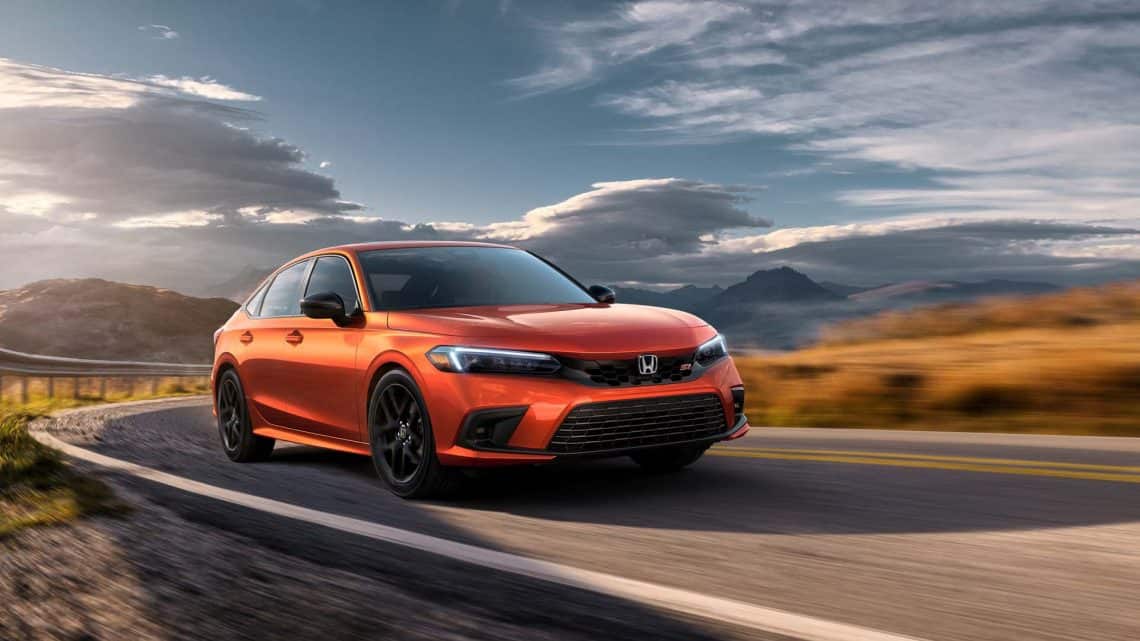
Honda’s long history in automotive engineering and vehicle design ensures the brand needs no more introduction.
The company’s lineup includes a wide assortment of vehicles ranging in size, from tiny to generous SUVs or practical and large pickup trucks required for those of you with construction purposes in mind.
The Japanese automaker has been a leader in safety technologies for years, with engineers dedicated to covering every aspect involving safe road trips – such as LaneWatch blind spot cameras or Honda Sensing suite including advanced driver assistance aids.
So, what does Honda offer? Lane keep assist, collision mitigation braking, adaptive cruise control, road departure mitigation, and traffic sign recognition should be enough standard equipment to get most of us feeling satisfied.
Honda’s models handle crash tests with ease and positive ratings have encouraged people to choose one or more of the brand’s vehicles when deciding upon a new car. Did you know that Honda is second among all brands for its IIHS Top Safety Pick Ratings?
Alfa Romeo
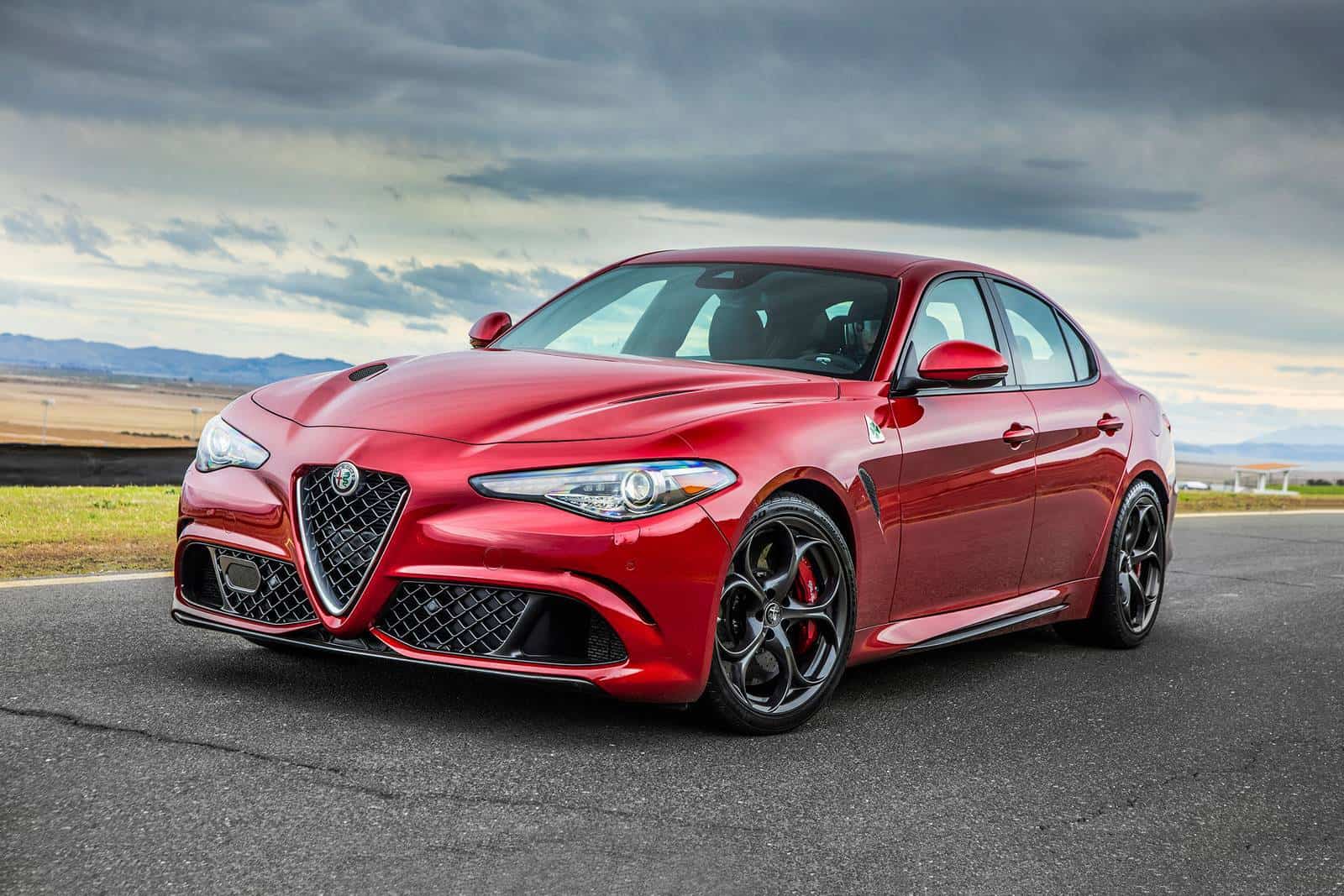
What would you go for? The Alfa Romeo 4C, Giulia, or Stelvio? The Italians have been known to release vehicle with engineering faults from time to time, which is to say they can and should come up with perfect vehicles.
But, someone doesn’t pay attention at the company meeting and decides to take it upon themselves and come up with ‘innovative’ changes or features – like, electric faults or strange locations for buttons the driver might push on a daily basis.
Parking sensors, blind spot monitoring, lane departure warning, rear cross traffic alert, automatic high-beam headlights, front parking sensors, and adaptive cruise control – these are but a few safety systems Alfa Romeo owners get to benefit from while experiencing Italian passion for speed and incredible design cues.
Kia
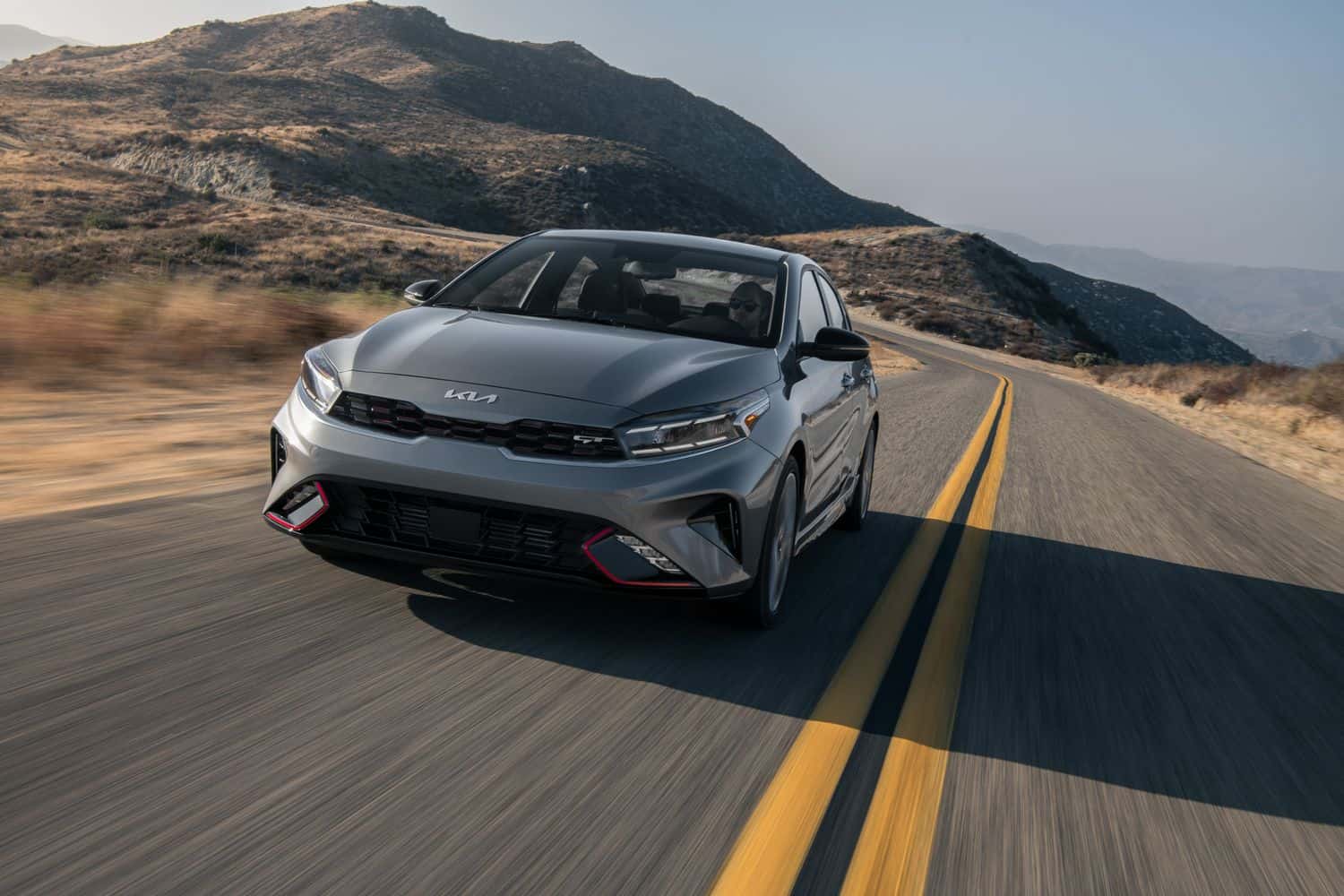
There was a time when Kia‘s vehicles were known for low-quality and poor design when it came to features. However, nowadays the brand has gained a reputation for delivering efficient and durable budget-friendly vehicles.
Their most recent models are safe and aesthetically pleasing, while packing various advanced driver assistance technologies. Kia’s lineup is quite extensive and unique, with plenty of safety systems offered as standard equipment.
Features like lane departure warning, lane keep assist, a driver attention monitor, forward collision warning, and automatic emergency braking are but a small part of a long list of what the company has to offer.
Around 33 percent of Kia’s fleet has received a five-star NHTSA overall rating, which is to say the brand is well worth the attention.
BMW
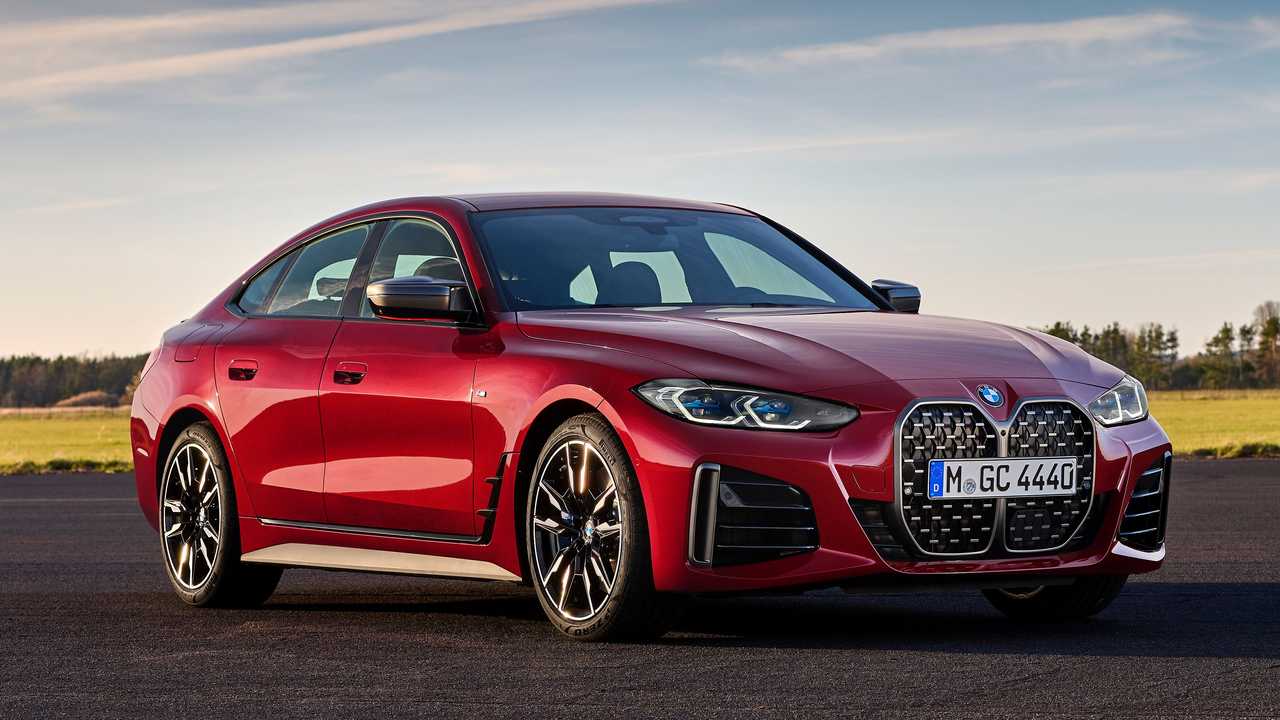
The Germans at BMW have been known to design some cool cars, not to mention fast ones. Performance-oriented and looking as cool as humanly possible, BMW vehicles benefit from incredible and unique high-tech safety systems.
The innovative team behind the name is constantly rolling out new and improved technologies; their cars will even drive themselves in certain conditions. Thanks to BMW’s adaptive cruise control system, working alongside lane keep assist, lane change assist, active lane-centering, steering and lane guiding assist, not to mention side collision avoidance features, driving has never seemed more enjoyable.
As well as easy. BMW offers features that recognize road signs and allow your car to park itself. According to the IIHS, BMW cars are among the safest and most reliable choices on the market right now. How cool is that?
Audi
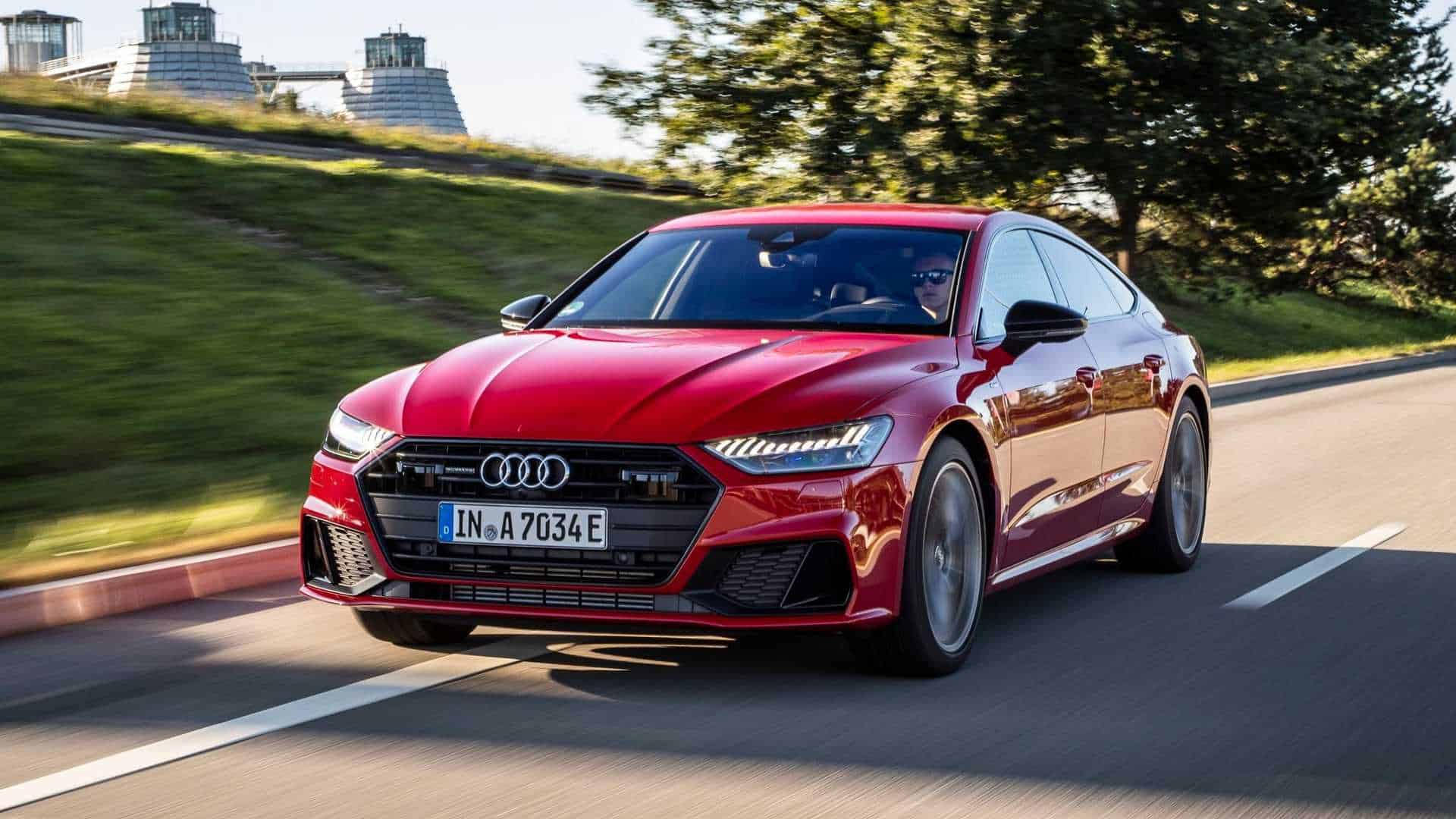
Audi has had its fair share of innovative technologies and unique models rolling out the factory gates. There are various advanced safety features worth mentioning that bear the brand’s logo and were fitted across a diverse lineup.
Automatic emergency braking comes as standard, usually, and pedestrian detection as well. High-tech safety systems include night vision assist, active lane assist, parking assist, and adaptive cruise control, and there is no point in discussing the company’s lineup.
Whatever your favorite ‘flavor’ is, be it a tiny A1 model or the Audi Grandsphere concept – which will end up being a factory model, in one form or another – trust us when we say Audi is looking out for your family’s safety.
Hyundai
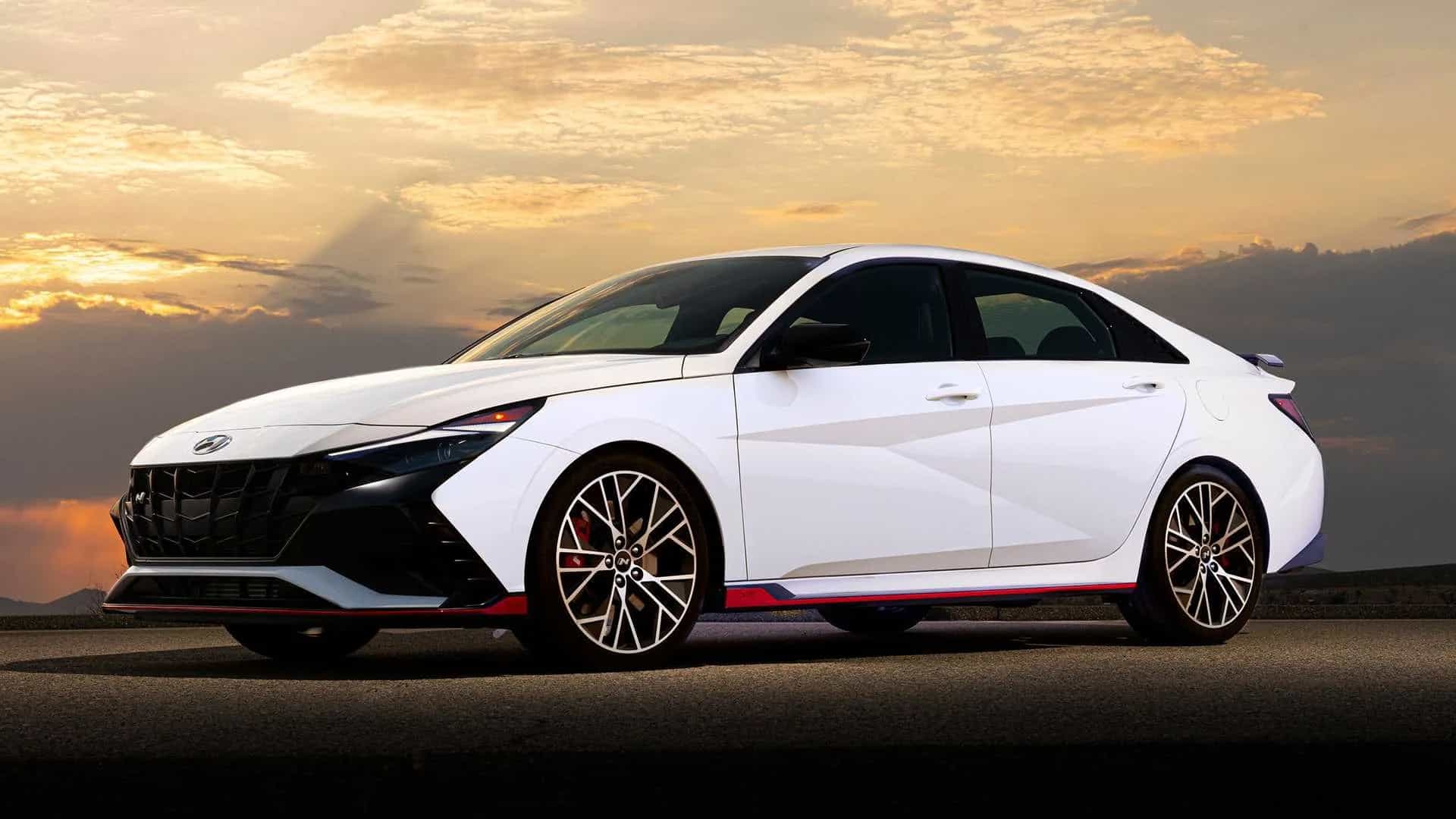
IIHS has a very positive opinion of this brand and every vehicle in Hyundai’s line-up. Considering the name was associated with budget cars not that long ago, the brand has come a long way and now can be considered a serious contender on the market – I’ve even seen laptops bearing the same brand name.
Meanwhile, Hyundai’s most inexpensive model features forward collision warning and automatic emergency braking systems, which is premium-level equipment – or, was, but a few years back.
Almost 40% of Hyundai’s lineup earned a five-star NHTSA overall safety rating, and that speaks volumes. It’s the easy way of saying that the brand keeps in line with current technologies and constantly upgrades its lineup and production line to ensure their cars deliver nothing but the most innovative concepts of active and passive passenger safety systems.
Acura
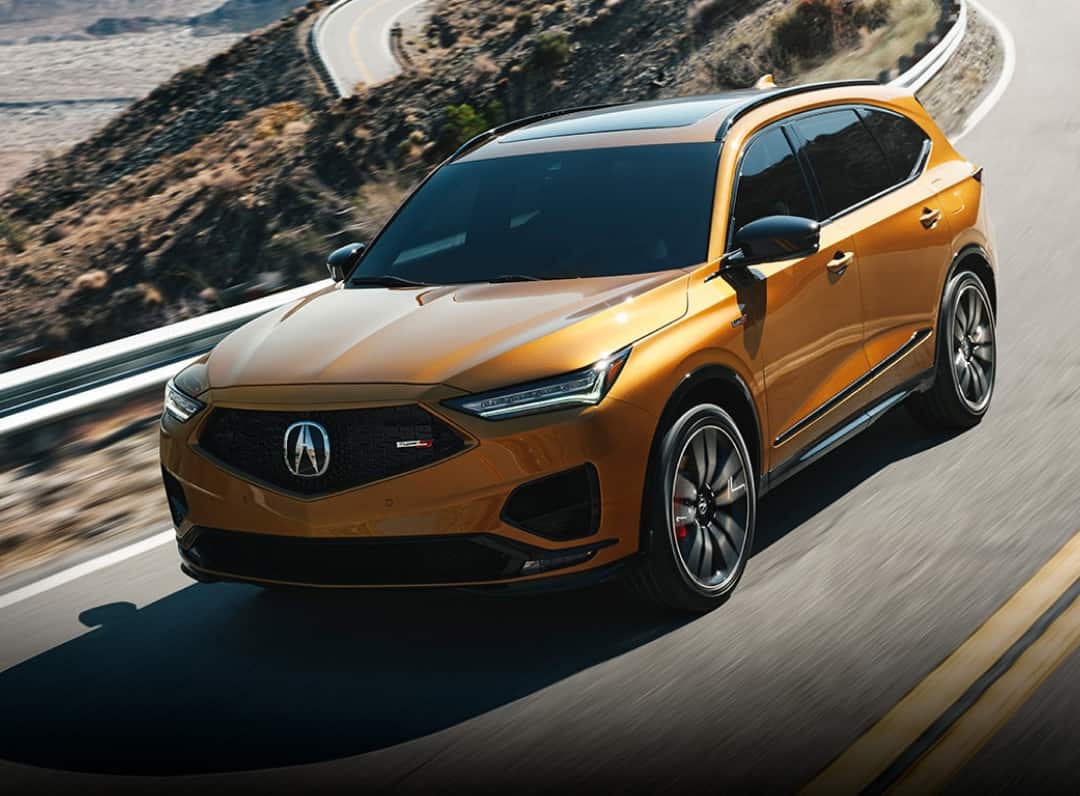
Owned by Honda, just in case you weren’t aware of it, Acura is also perfectly capable of delivering unique and safe vehicles. The brand has worked hard on keeping up with modern technologies and has prepared a full suite of advanced driver assistance features.
One of the safest car manufacturers on the market, Acura has developed AcuraWatch. The package was meant to include a series of interesting features, such as automatic high-beam headlights, lane keep assist, forward collision warning, automatic emergency braking, adaptive cruise control, and a road departure mitigation system.
Considering that many Acura vehicles have been on the IIHS list of appreciated designs for years, I think it’s safe to assume that any model will be to your liking. What more could you ask for?
Lincoln
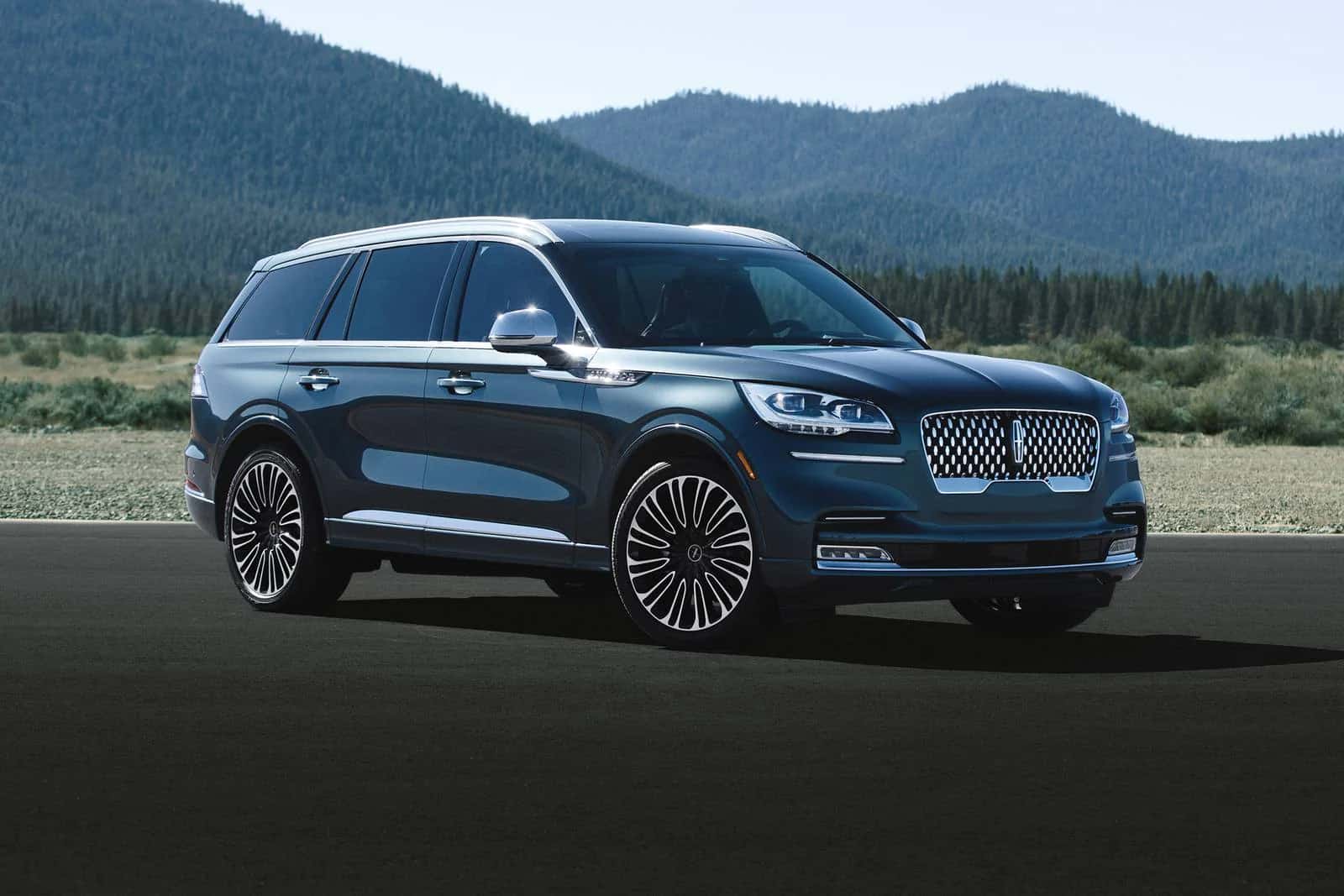
This brand has also become a favorite, considering that more than 8 percent of Lincoln’s vehicles have the Top Safety Pick Rating from the IIHS. Just to have an idea, American luxury brands usually achieve an average of 3 percent per lineup.
Following notable efforts, Lincoln has improved upon its overall reputation. Older models have been discontinued and newer additions to the lineup have been packed with various safety equipment as features, as standard.
The brand has developed the Co-Pilot360 safety suite, a comprehensive package including blind spot monitoring, rear cross traffic alert, forward collision warning, automatic emergency braking, pedestrian detection, lane keep assist and more.
The Plus version was intended to also feature, adaptive cruise control, evasive steering assist, active park assist plus, and reverse brake assist. Not to mention that Lincoln is known for designing outrageous and luxurious vehicles, which is to say it does not come far from perfection.
Subaru
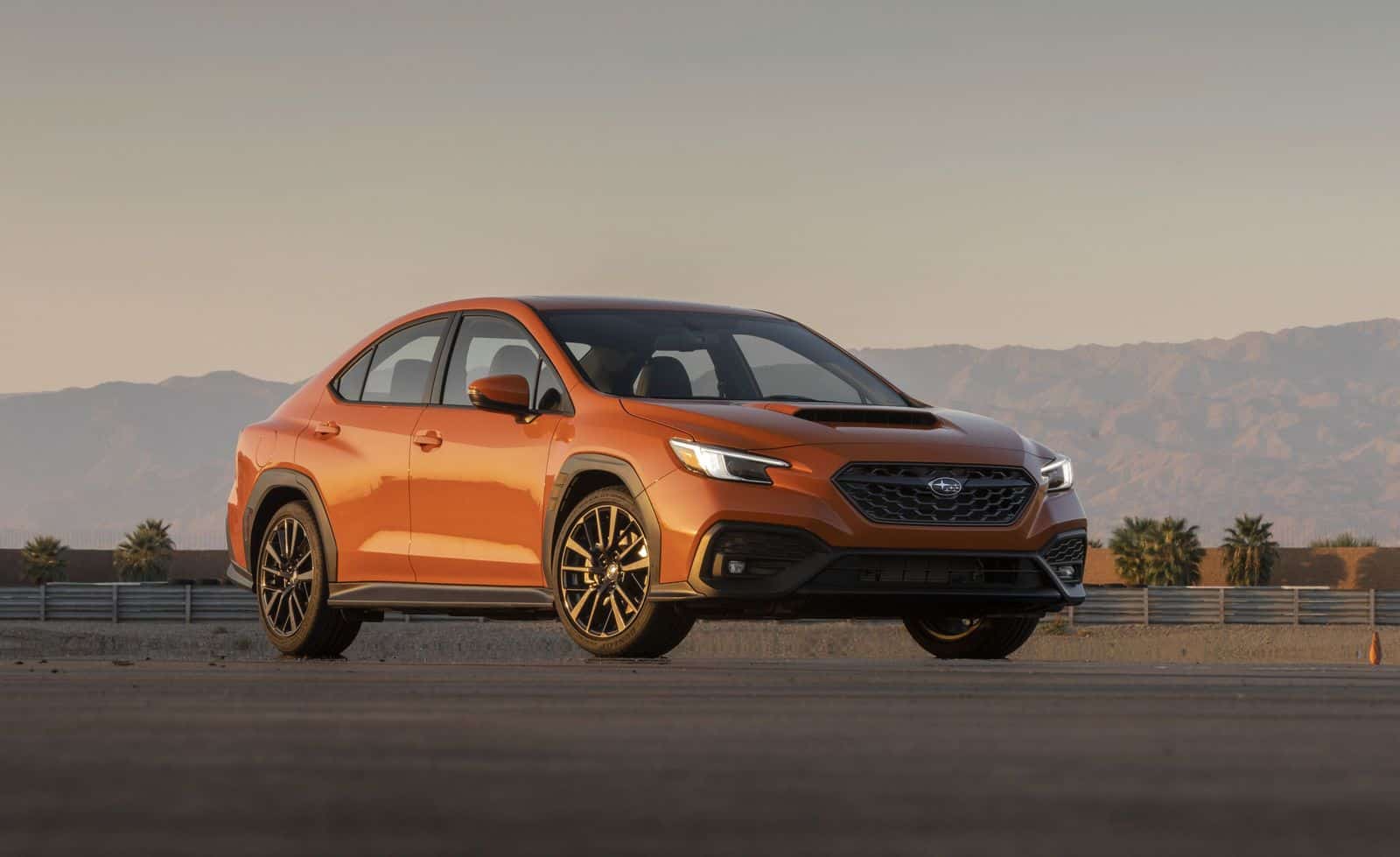
Rallying, at least winning rallies requires a considerable amount of effort and dedication for automotive engineering and ingenious safety systems. Obviously, Subaru has proven that it can get you in a short amount of time to destination, as well as safe and sound.
The brand’s lineup has received an impressive 10 IIHS Top Safety Pick+ awards, and that speaks volumes. Also worth mentioning is that almost 36 percent of its vehicles received a five-star overall rating from the NHTSA.
The car manufacturer is known for its all-wheel drive, which comes standard on nearly every model it rolls out the factory gates. Furthermore, the EyeSight safety suite includes lane departure feature as well as sway warning, pre-collision throttle management, forward automatic emergency braking, not to mention adaptive cruise control.
The list is way longer than that, with Subaru safety features also including blind spot monitoring, rear cross traffic alert, lane keep assist, reverse automatic emergency braking, a rear-seat reminder, a head-up display, lane change assist, rain-sensing windshield wipers, and automatic high beams.
Mercedes-Benz
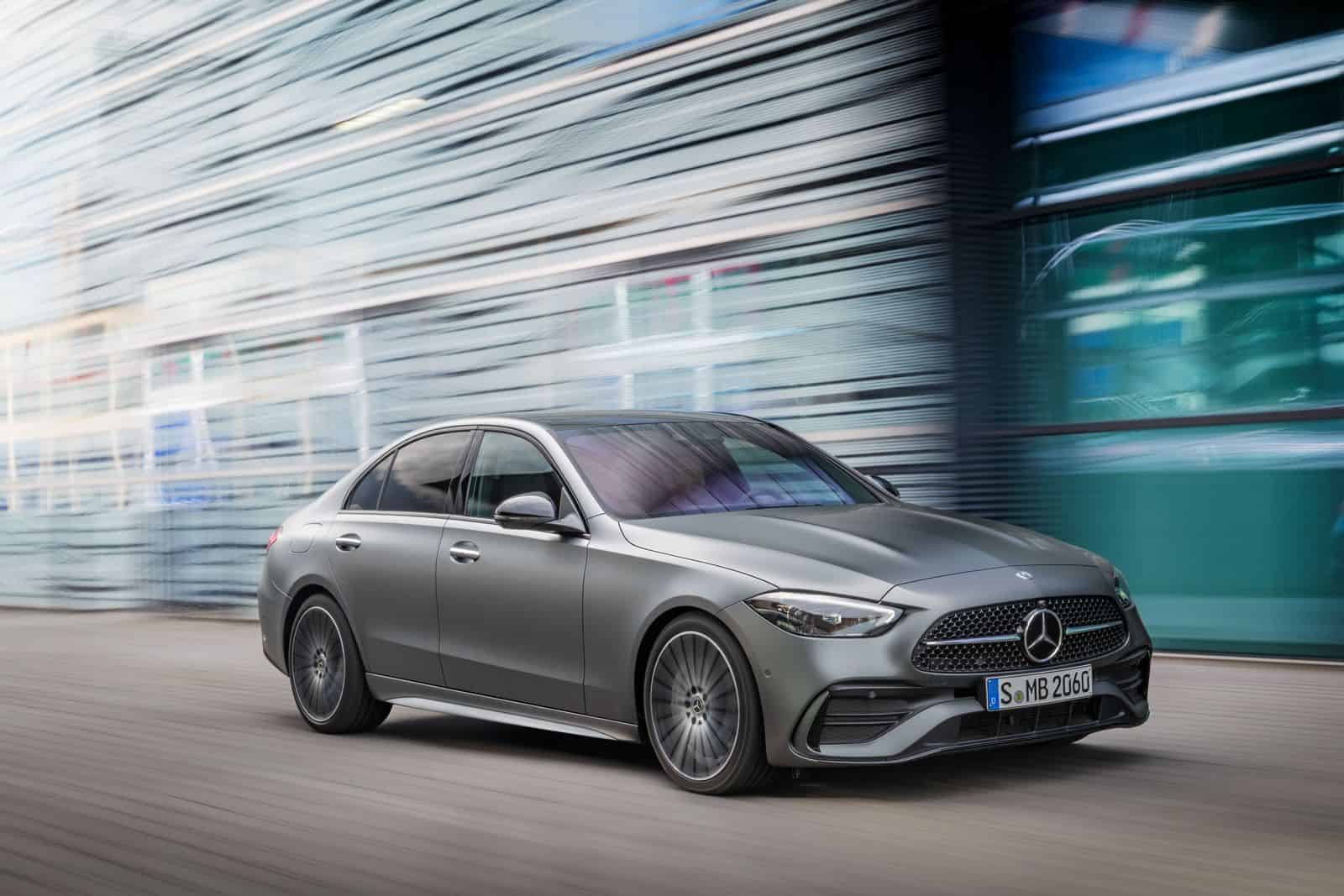
German automakers are generally known for investing time and effort in innovative systems, especially when it comes to passenger safety. You might not be aware of that fact that Mercedes-Benz was one of the first brands to bring semi-autonomous systems on the market – true, such advanced technologies were reserved for the manufacturer’s priciest models.
Nowadays, Mercedes’ models mostly come standard with an active safety features, even semi-autonomous aids – feel free to read more about a Merdeces truck project, now a few years old, focused around heavy hauling in a autonomous manner.
Features like forward collision warning, automatic emergency braking, and pedestrian detection come standard, although the manufacturer will also make available safety features include crosswind assist, rain-sensing windshield wipers, a driver condition monitor, automatic park assist, lane change assist, speed limit assist, traffic sign recognition, night vision assist, and a head-up display. This should be enough to please even the pickiest of customers.
Mazda
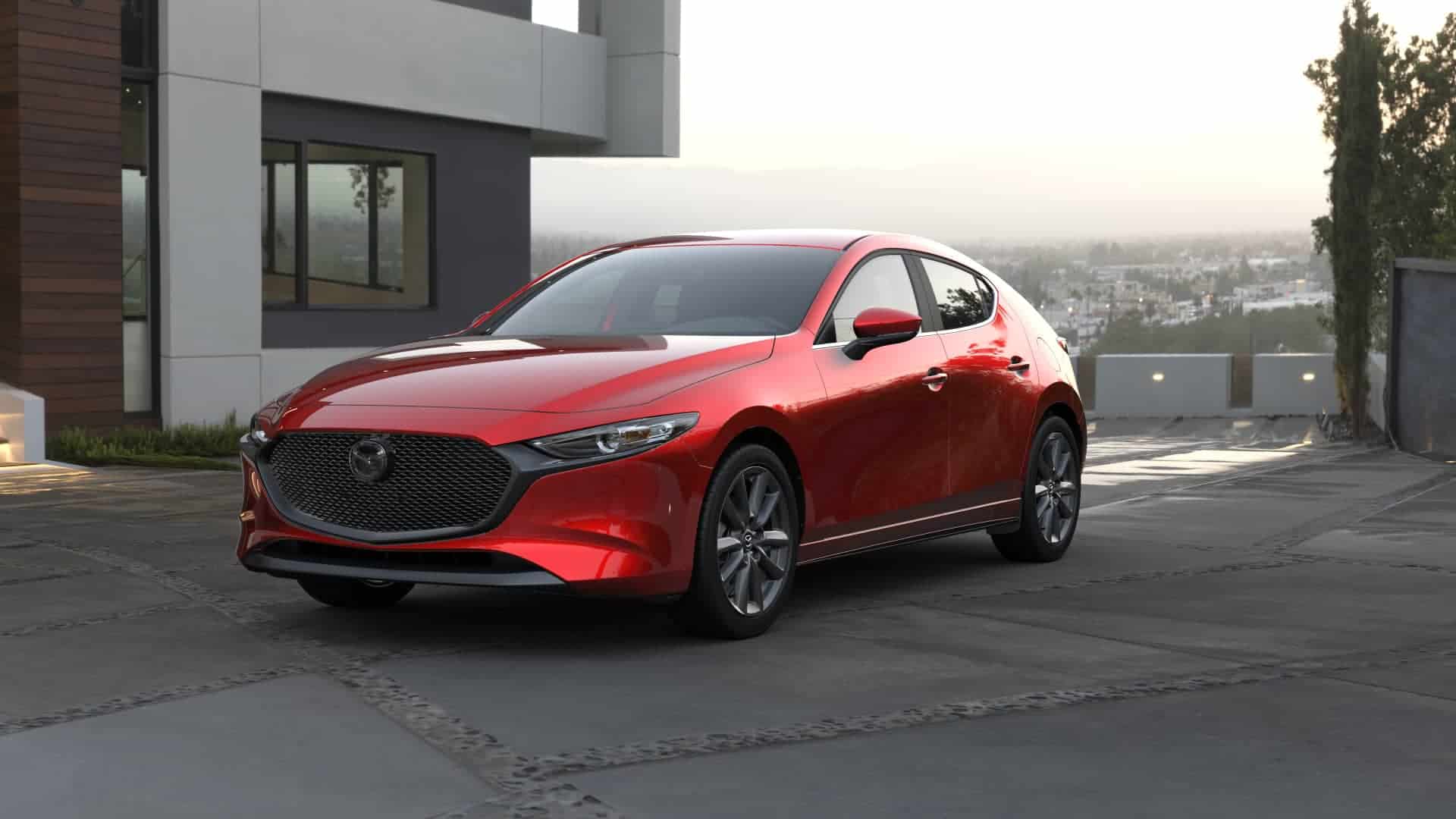
Mazda became popular for designing and selling reasonably priced cars which offer a dynamic driving experience. More recently, the brand focused on offering luxury-grade accommodations and a competitive mix of advanced driver assistance technologies.
Mazda’s lineup is not that extensive, and the 2020 Mazda CX-30 subcompact crossover has received quite a lot of attention. Although the CX-30 and the MX-5 Miata have not undergone crash testing, all Mazda vehicles earned either Top Safety Pick or Top Safety Pick+ awards from the IIHS.
Blind spot monitoring, rear cross traffic alert, and low-speed automatic braking are standard equipment across the automaker’s lineup and additional safety aids include lane keep assist, pedestrian detection, adaptive cruise control, automatic high-beam headlights, a driver monitoring system, rain-sensing windshield wipers, a head-up display, and traffic sign recognition. What do you think: is it enough to keep you smiling?
Tesla
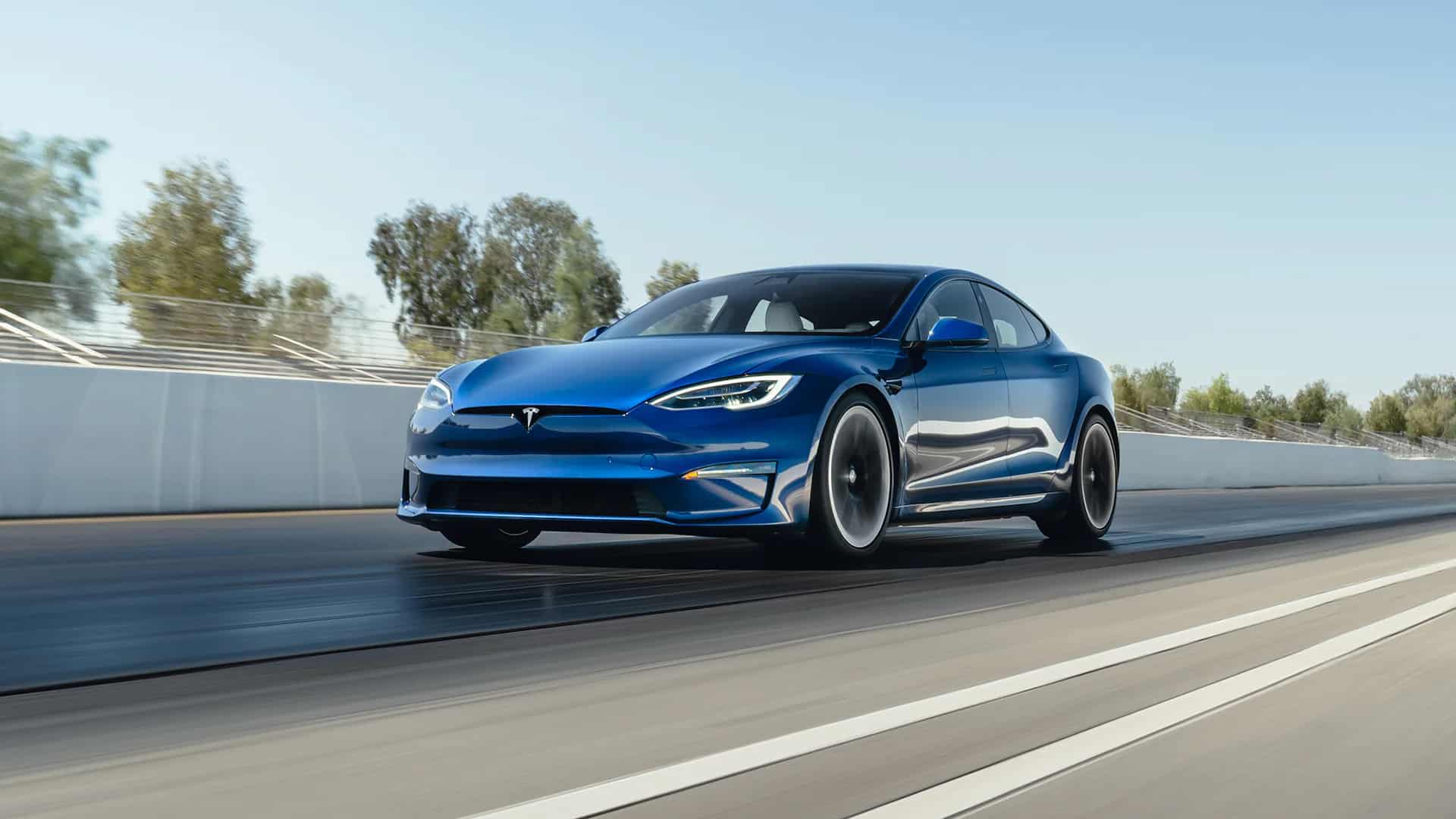
This electric car company manages to get into our focus in more ways than one – at least, for different reasons and in different fields. Tesla has broken the mold when it comes to standard safety technology. Their models pack camera systems and semi-autonomous driving features.
All models come equipped with a suite of cameras and the hardware necessary to ensure full self-driving capabilities. Tesla Autopilot is able to drive the cars with minimal human interaction – it will navigate on its own, enter and exit the freeway, and allow you to summon the vehicle in a parking lot.
Tesla’s lineup consists of three models, all of which come equipped with most of the aforementioned features, as well as automatic emergency braking, pedestrian detection, blind spot monitoring, side collision avoidance, and more. By the way, did you know that all Tesla vehicles have received perfect five-star ratings from the NHTSA? Nothing but good news.
Volvo
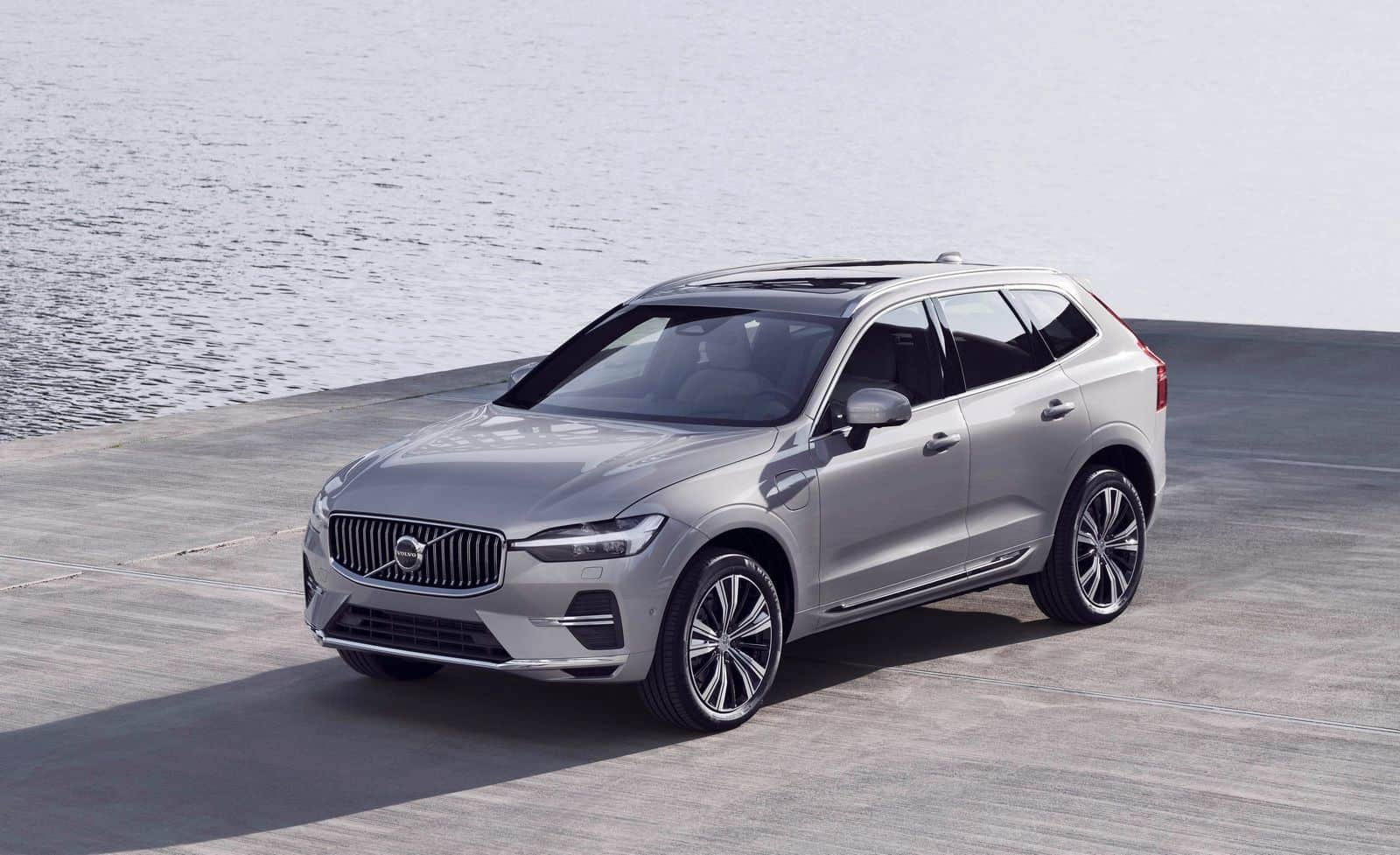
The European company has been a champion in automotive safety for generations now – the first automaker to center most of its marketing and advertisements on its vehicles’ superior structural integrity and exceptional safety.
Volvo has got a small lineup these days, but perfectly imagined to cover and please all taste and preferences – it is also worth mentioning that all three Volvo crossovers earned awards from the IIHS. The Swedish automaker’s safety system was dubbed Safe City. It relies on cameras and sensors to ensure vehicles avoid collisions no matter the traffic conditions.
Volvo’s Steering Support makes corrections to steering, while other features – traffic sign recognition, automatic high-beam headlights, driver drowsiness monitoring, adaptive cruise control, a head-up display, and more – make sure Volvo continues to be worthy of your cash and attention.
Genesis
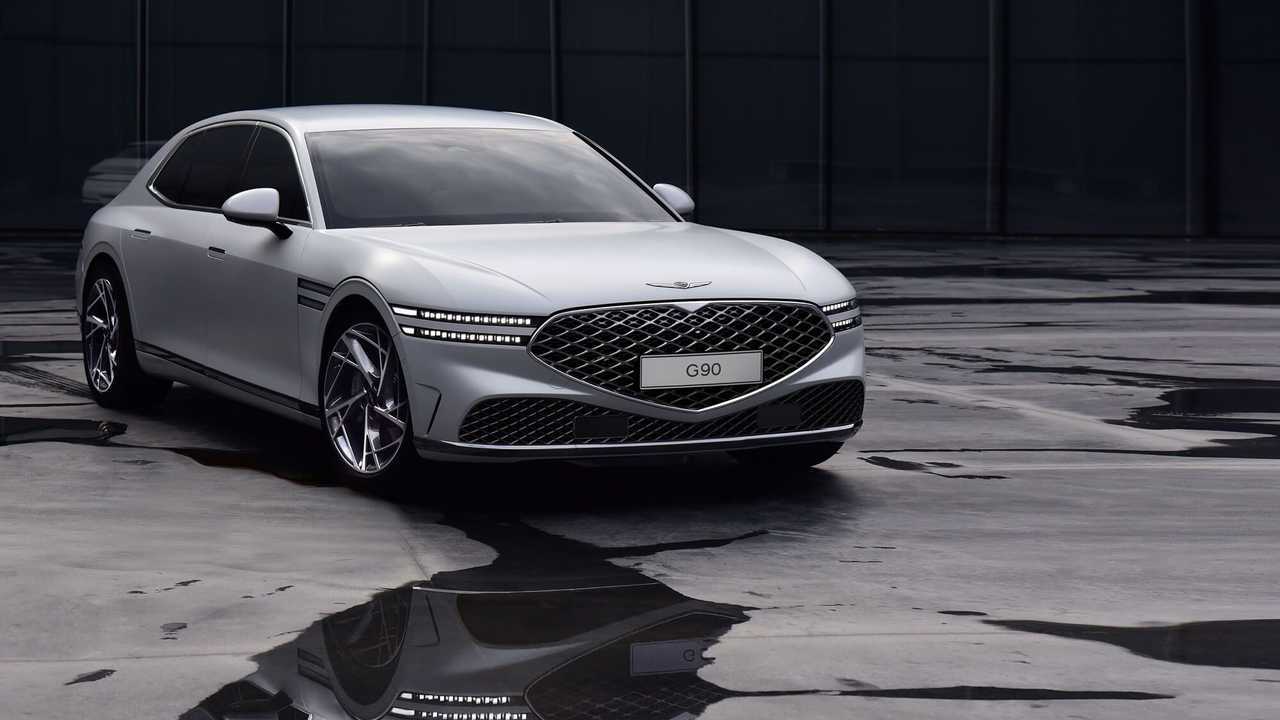
Genesis, also known as Hyundai’s luxury division, scores high marks when it comes to safety features and systems. The IIHS designated Genesis’ entire lineup as Top Safety Pick+ award winners. Need we say more?
Well, maybe it might be worth mentioning that all Genesis models come bearing gifts – a.k.a. an impressive mix of standard active safety systems, such as automatic emergency braking, pedestrian detection, adaptive cruise control, lane departure warning, lane keep assist, blind spot monitoring, rear cross traffic alert, driver attention monitoring, and automatic high-beam headlights.
But wait, as Genesis engineers did not stop there. You see, other safety aids are available as well, including a head-up display, adaptive headlights, rain-sensing windshield wipers, a surround-view parking camera system, and front and rear parking sensors. Genesis wins!
Volkswagen
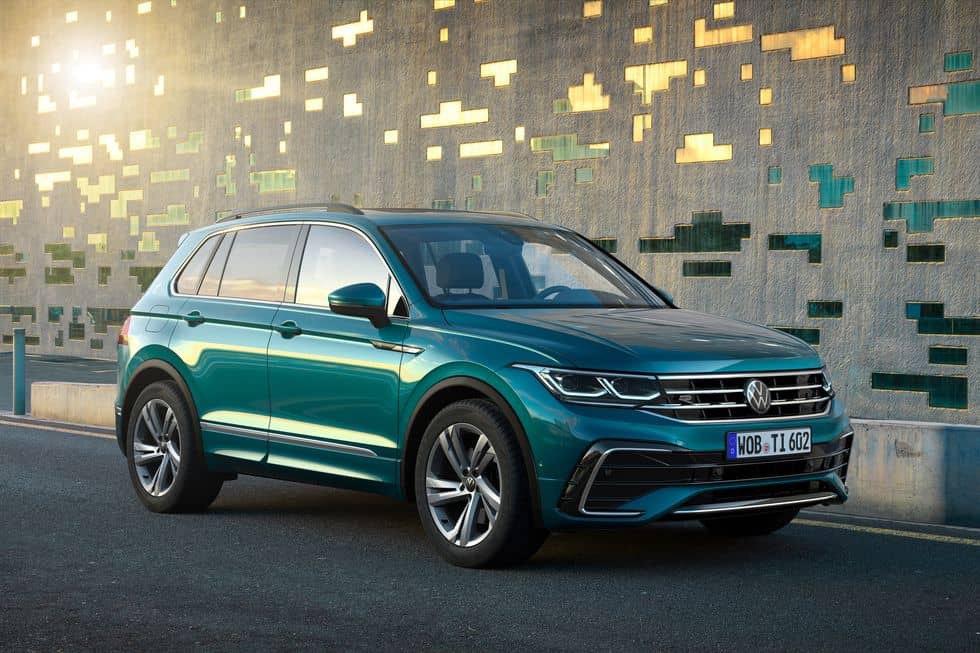
The German manufacturer is not usually listed among luxury brands, although recent developments, designs and models could very well be considered outrageous. Nonetheless, you should be aware of the fact that over 15 percent of its vehicles have earned a five-star overall safety rating from the NHTSA.
Not bad, Volkswagen. Meanwhile, the car manufacturer has a lot of work ahead of itself, as merely 3.8 percent of its models feature adaptive cruise control. That is definitely not cool but give it time; they will get there.
Meanwhile, a total of seven Volkswagen models have been named Top Safety Picks by IIHS in 2017 and 2018, and engineers are constantly working on improving and innovating the brand’s vehicles.
Recent developments have seen Volkswagen models including features such as Front Assist, Blind Spot Monitor, Rear Traffic Alert, Lane Assist, Park Assist, Adaptive Cruise Control, Park Pilot, Area View, Light Assist.
Infiniti
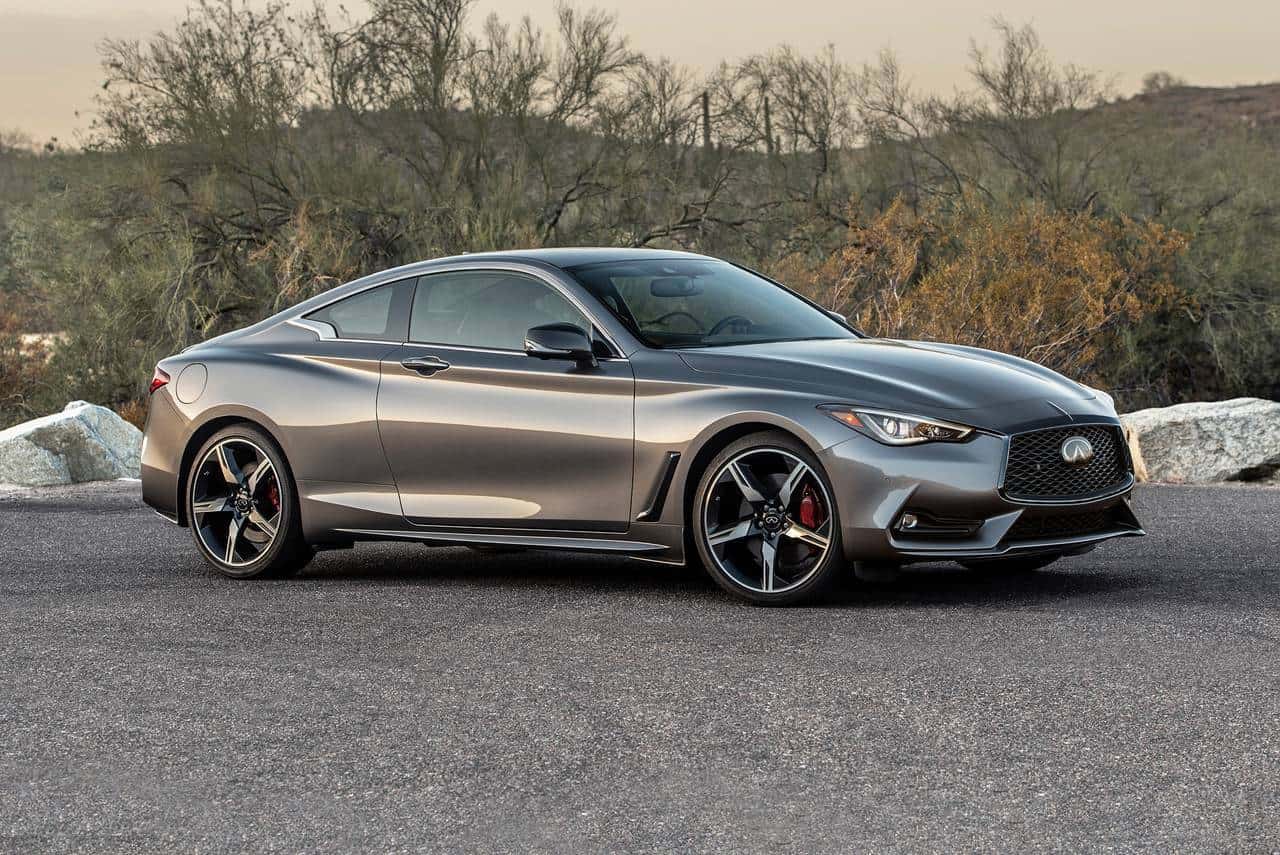
This brand has also been working hard on improving overall safety ratings, with 15.4 percent of Infiniti’s lineup having earned an overall five-star NHTSA safety rating. Moreover, Infiniti has also managed to earn the IIHSA Top Safety Pick+ on 15.4 percent of its lineup, allowing it to walk tall among Japanese luxury brands.
The safety of your family is important to Infiniti, which is why engineers have imagined unique safety features and advanced technologies such as Around View Monitor, Moving Object Detection System, Infiniti Intelligent Cruise Control, Distance Control Assist, Lane Departure Prevention and more.
What’s really interesting is the SNUG Kids’ Safety Seat, the right seat ideal for protecting your child. This is an industry-first program focused on child safety, specifically regarding child restraints. Infiniti safety engineers have dedicated quite a lot of time to evaluating and improving upon child restraints by installing them in all the rear seats of current Infiniti vehicles. You are welcome!
Toyota
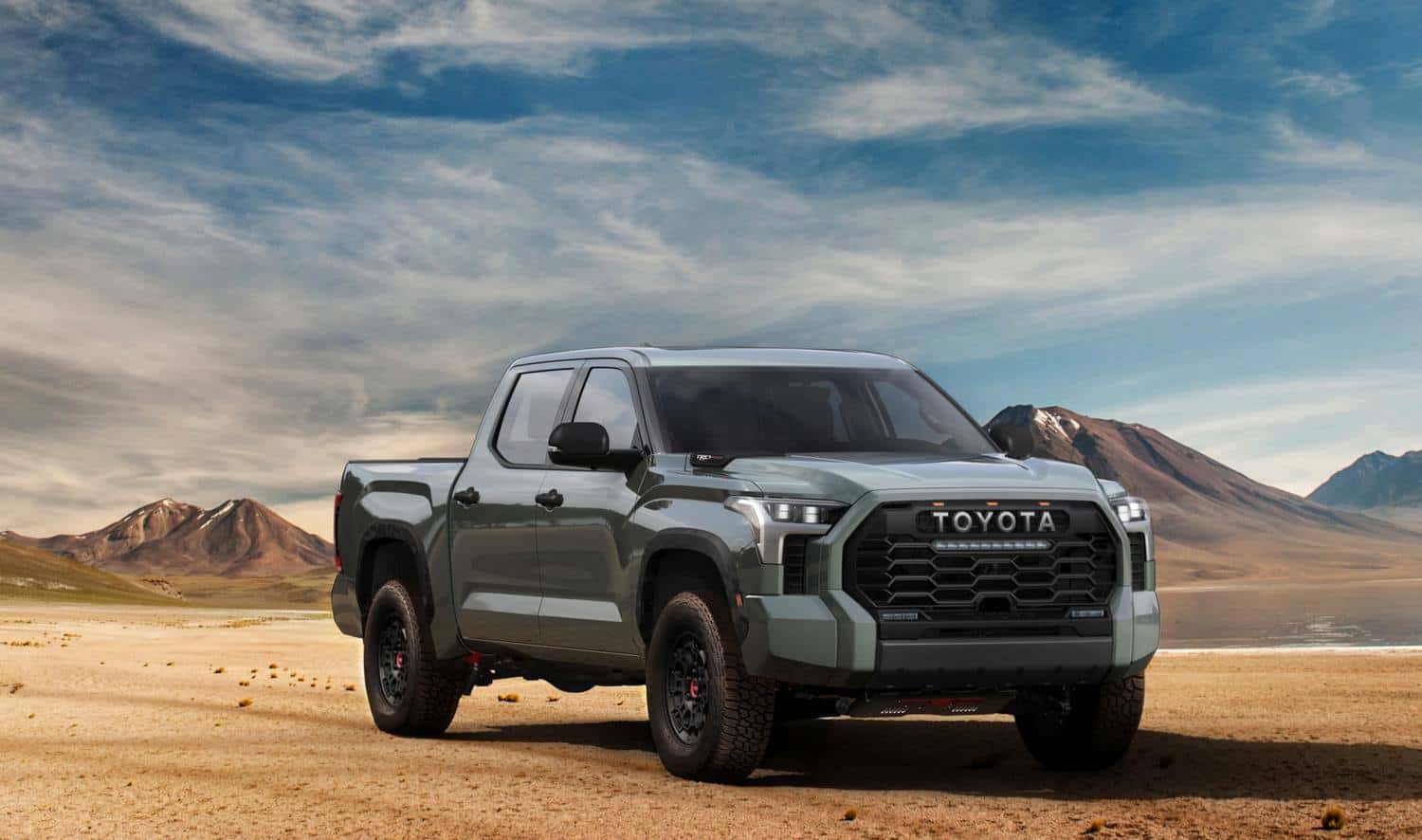
NHTSA awarded more than 17 percent of Toyota’s vehicles a five-star overall rating, and that means a lot. For instance, that means that other non-luxury Japanese brands will have to work harder on keeping up with Toyota’s lineup.
Let’s talk about the Toyota Safety Sense. This system was designed to keep the driver and passengers safe and comes as standard on most models. An advanced suite of active safety features, TSS was meant to support your awareness and decision-making regardless of traveling speed or driving conditions.
TSS packs Pre-Collision System – uses a camera and laser to detect other vehicles ahead, Lane Departure Alert – that uses a camera to detect the lane markings ahead and warn the driver if the vehicle starts to deviate from its lane, Automatic High Beam – a camera detects the lights of oncoming vehicles and switches automatically between high and low beam for safer night-time driving, Road Sign Assist – monitors the road signs ahead, displaying useful information such as the current speed limit or overtaking restrictions in clear view, and Adaptive Cruise Control – keeps your vehicle at a minimum preset distance from the vehicle in front of you.
GMC
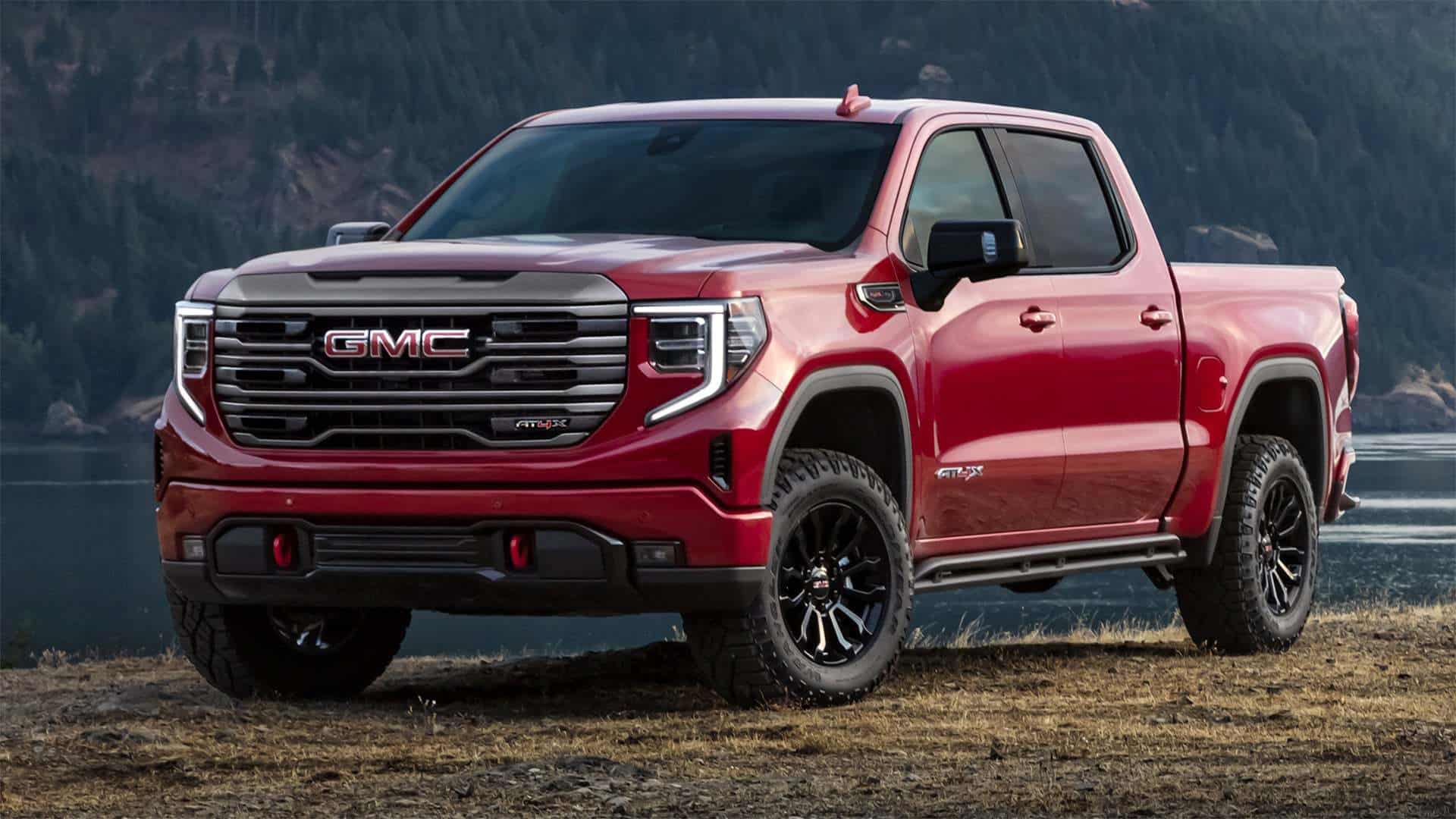
GMC’s safety offerings make it clear that the popular American brand is still here and is looking towards the future. Over 18 percent of its lineup has earned a five-star overall safety rating, which is not bad. Not bad, at all!
Their proprietary PRO SAFETY package comes as standard and was designed to help the driver be aware of potential hazards and handle them just in time. There is also a PRO SAFETY PLUS offering, including additional advanced safety technologies.
Let’s just mention the Lane Change Alert, Rear Park Assist, and Rear Cross Traffic Alert for now – feel free to check out the manufacturer’s official webpage and find out more. While you are doing so, please consider that the automotive giant has joined us in the 21st century and their offering is not to be ignored.
Ford
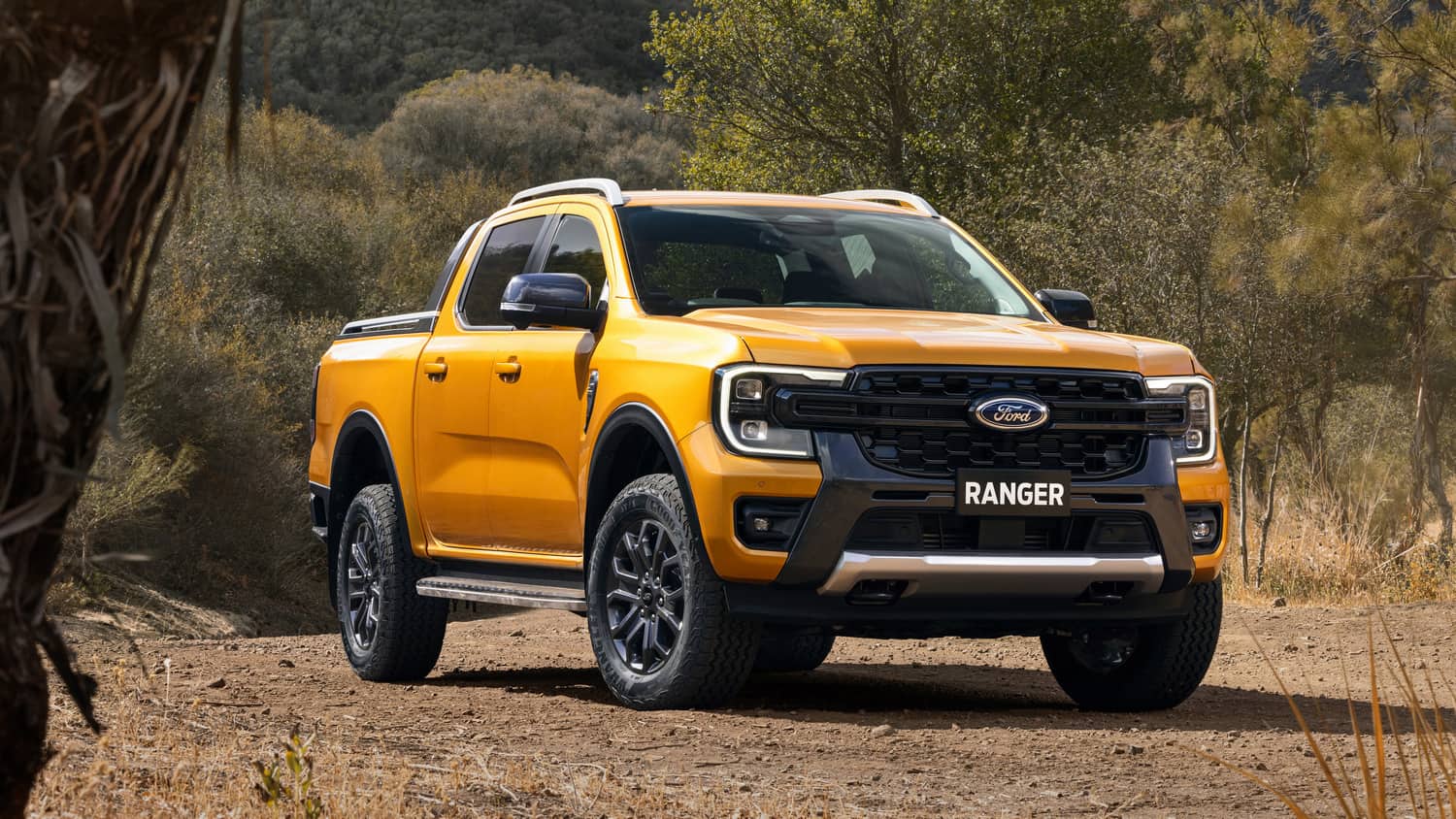
NHTSA has granted a five-star rating to more than 19 percent of Ford’s lineup. Moreover, 4.3 percent of Ford vehicles have earned the IIHS Top Safety Pick award, one sure way of saying to everyone looking to buy a new car – look towards Ford. You won’t regret it.
What do Ford vehicles have to offer? Well, they come with adaptive cruise control, blind-spot monitoring and rearview cameras, something that the competition might lack. We also have to mention that only 2.1 percent Ford models come with a pre-collision system, which is not cool.
Nonetheless, the company’s budget should be enough for further innovation and upgrades, and the lineup is extensive enough that everyone will find something to their liking. What could go wrong?
Chevrolet
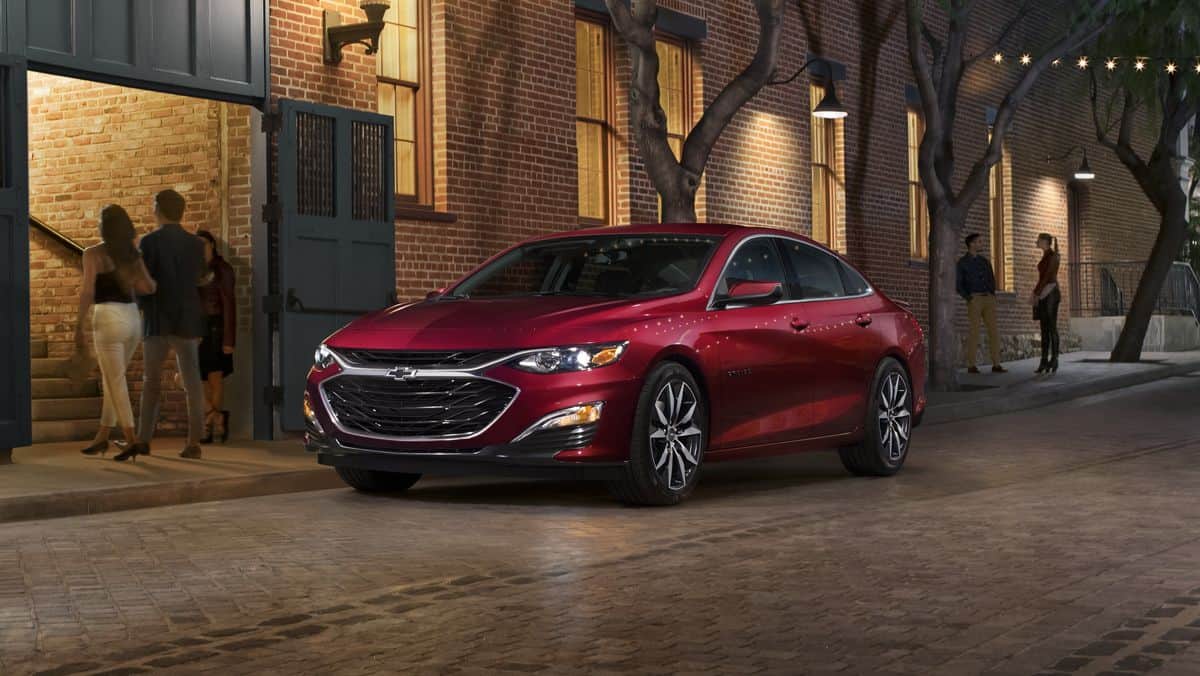
So, what does Chevy have to offer? Aside from an interesting lineup and those incredible pickups. Customers get to benefit from Front Pedestrian Braking, , Lane Keep Assist with Lane Departure Warning, Following Distance Indicator, as well as Forwards Collision Alert & Automatic Emergency Braking systems – among other things.
It might be worth mentioning that, overall, 22.5 percent of Chevy’s lineup has earned a five-star overall NHTSA safety rating, making Ford owners feeling a bit envious. There’s one rivalry that might not ever end.
Meanwhile, Chevy seems to brag about post-collision system offerings, as well, since over 37 percent of its vehicles have been equipped with this system. So, what truck would you rather have?
There you have it, these are the safest car brands of 2023 according to the IIHS and NHTSA.

